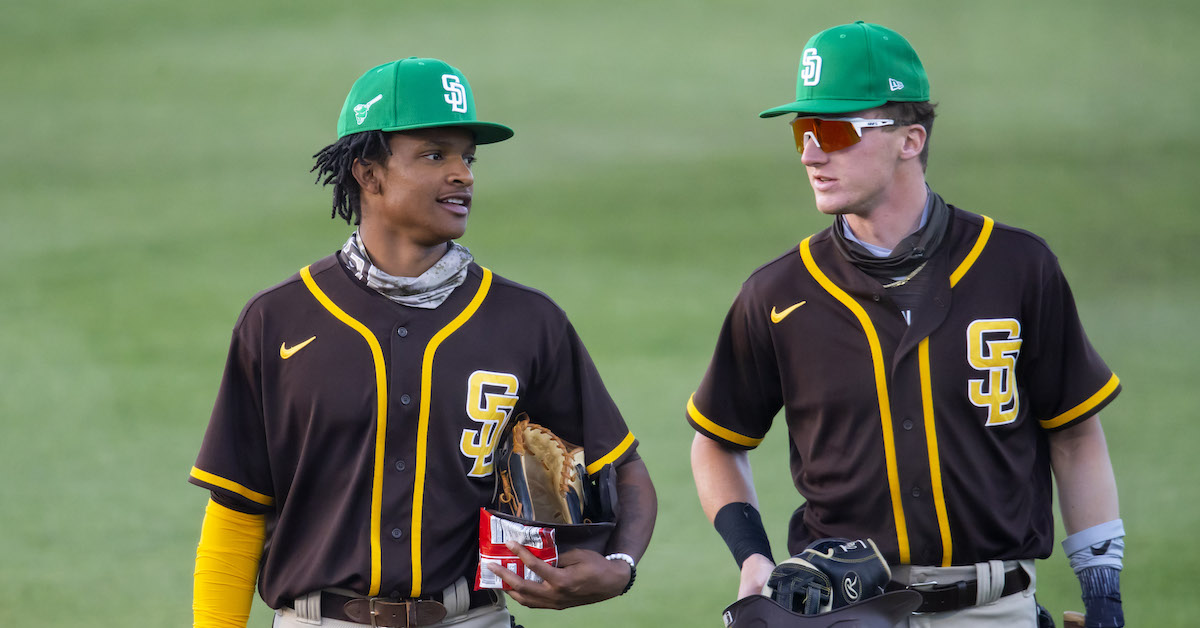The 2022 Rule 5 Draft Scouting Reports

After being cancelled last offseason due to the lockout, on Wednesday, the 2022 Rule 5 Draft was completed in San Diego, with 15 players selected during the Major League phase. Below are our thoughts on those players; the numbers you see in parentheses are the 40-man roster counts that were recited by each team during the draft roll call. Remember that you can venture over to The Board for more information about several of these guys.
But first, our annual refresher on the Rule 5 Draft’s complex rules. Players who signed their first pro contract at age 18 or younger are eligible for selection after five years of minor league service if their parent club has not yet added them to the team’s 40-man roster; for players who signed at age 19 or older, the timeline is four years. Teams with the worst win/loss record from the previous season pick first, and those that select a player must not only (a) pay said player’s former club $100,000, but also (b) keep the player on their 25-man active roster throughout the entirety of the following season, with a couple of exceptions, mostly involving the injured list. If a selected player doesn’t make his new team’s active roster, he is offered back to his former team for half of the initial fee. After the player’s first year on the roster, he can be optioned back to the minor leagues. Read the rest of this entry »







